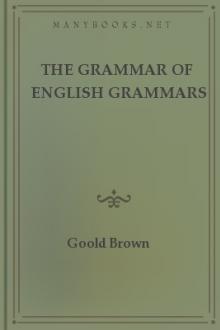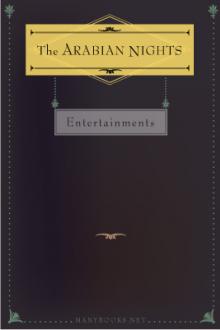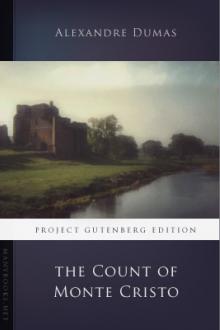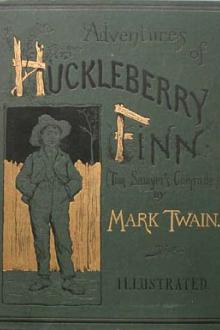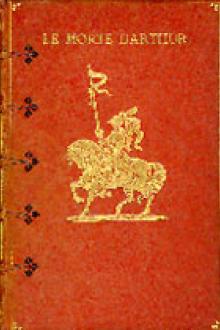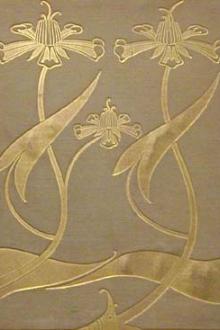The Roman Pronunciation of Latin
The Roman Pronunciation of Latin
Why we use it and how to use it
Book Excerpt
alem ponitur. Nam consonans non potest esse, quia ante se habet alteram consonantem, id est +q+; vocalis esse non potest, quia sequitur illam vocalis, ut quare, quomodo.
DIPHTHONGS.
In Marius Victorinus we find diphthongs thus defined:
[Mar. Vict. Gaisford, I. v. 54.] Duae inter se vocales jugatae ac sub unius vocis enuntiatione prolatae syllabam faciunt natura longam, quam Graeci diphthongon vocant, veluti geminae vocis unum sonum, ut +ae+, +oe+, +au+.
And more fully in the following paragraph:
[Mar. Vict. Gaisford, I. v. 6.] Sunt longae naturaliter syllabae, cum duae vocales junguntur, quas syllabas Graeci diphthongos vocant; ut +ae+, +oe+, +au+, +eu+, +ei+: nam illae diphthongi non sunt quae fiunt per vocales loco consonantium positas; ut +ia+, +ie+, +ii+, +io+, +iu+, +va+, +ve+, +vi+, +vo+, +vu+.
Of these diphthongs +eu+ occurs,--except in Greek words,--only in heus, heu, eheu; in seu, ceu
FREE EBOOKS AND DEALS
(view all)Popular books in Language, Fiction and Literature
Readers reviews
0.0
LoginSign up
Be the first to review this book
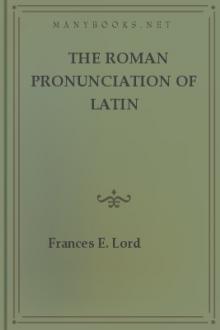
 Free Download
Free Download









